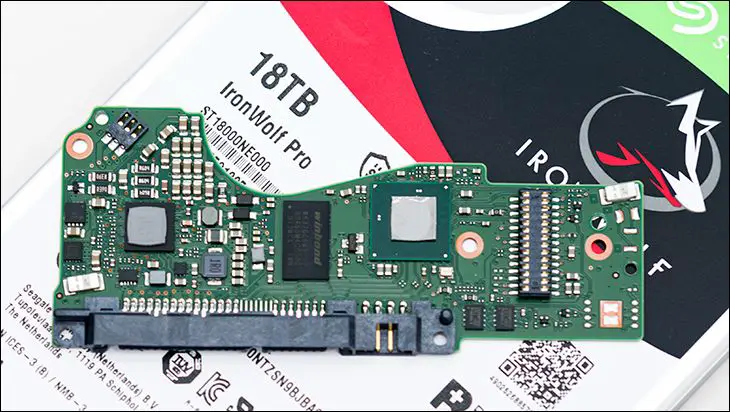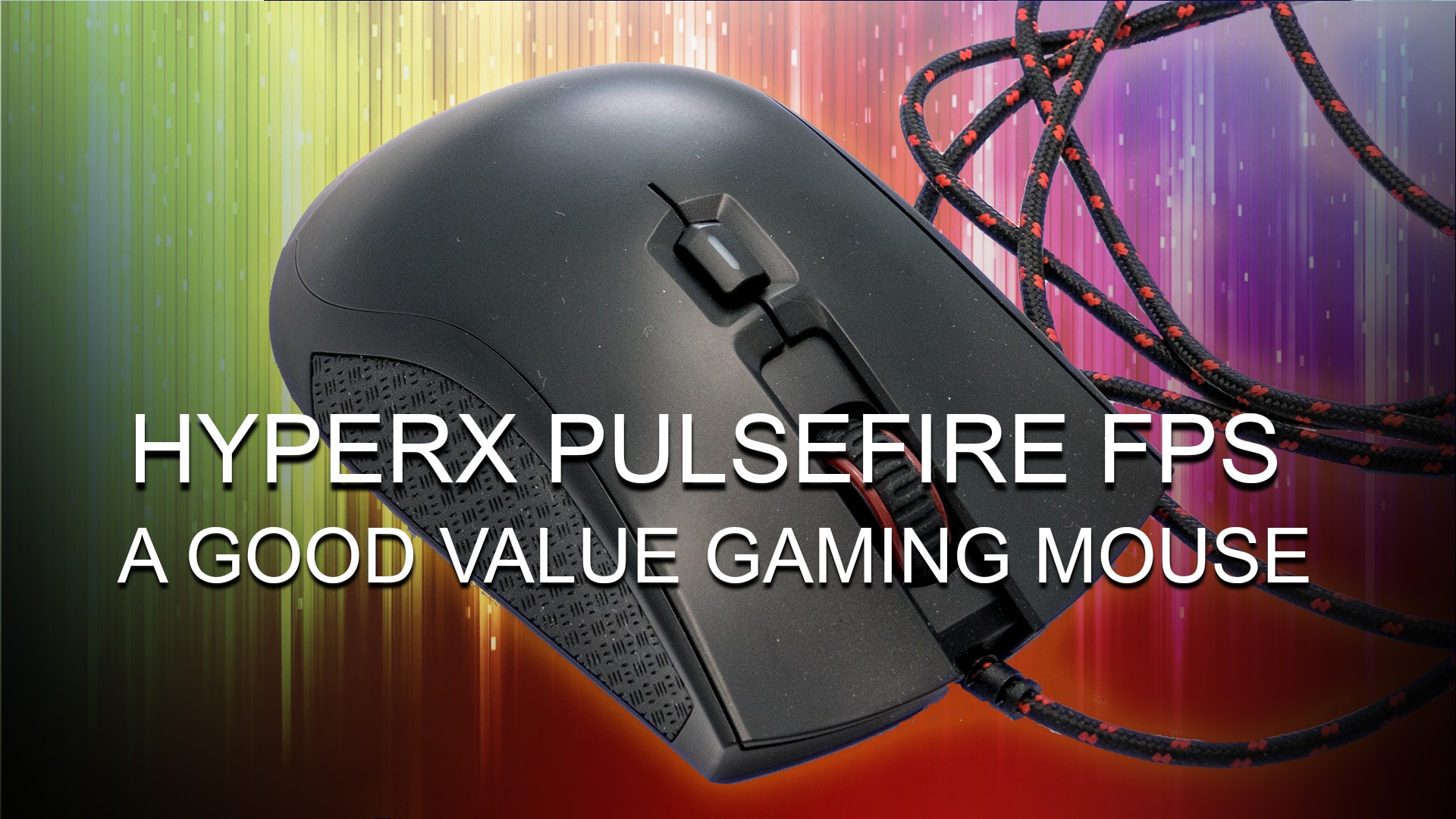
As we have said multiple times in the past, Micron are highly conservative by nature. They have to be as the wrong decision can cost them Billions. Since culture always flows downstream from head office it should come as no surprise that Crucial are also very conservative. Yes. They may be considered mavericks and the outside the box thinkers division inside Micron, but by consumer industry standards they are still far into the conservative end of the spectrum.
As such anyone expecting massive changes from the progenitor of the Pro T7 series is going to be disappointed. Everyone else will like what Crucial has opted for. Yes. The color scheme of the shipping container has not changed. Yes. On the surface the internal protection is also the same via the use of plastic. However, where the last generation used a two piece + plastic insert for the internals, Crucial has (daringly by Micron standards) changed it to a three piece configuration.

Sure. For most that pretty much is the same as raving over the change from pinstriping to a herringbone patterned 3 piece suit… or maybe the daring change from classic fit to modern fit. For experienced people it is a nice improvement. That added extra layer of plastic may do nothing for EMI, but it does increase blunt force trauma protection… and more importantly double slicing resistance. Many a person, our self-included, have gotten a little too knife happy while opening a box and sliced not just through the shipping container but also the internal plastic protection layer. That is never a good day. With this extra layer now included “Mondays” will be even fewer and farther between. So to us this is a very nice improvement. Even if most will never even notice its addition.

This improvement, or refinement, on the T700’s shipping container is actually a very good analogy for the entirety of the T705 series. Put bluntly, most of the changes are just improvements to an already great blueprint… which is a testament to the greatness that was the T700 series. With that said, not all the changes are what we would classify as improvements. There is actually one that is a misstep and major downgrade. Albeit a downgrade few will notice, fewer will care about, and fewer still would ever consider it a deal breaker.
We are actually not referring to the T705 PCB, its components, or even the heatsink in the OEM heatsink equipped model we are reviewing today. No. What we are referring to is the method Crucial has opted for when it comes to mounting the two piece heatsink hardware to said T705 M.2 SSD.

They say a picture is a thousand words and if you pay careful attention to the comparison picture between the T700 heatsink variant and the newer T705 heatsink variant… well ‘a thousand words’ is a polite way of saying ‘a thousand curses’. If you miss it, don’t feel bad. Most will even when handling this model In Real Life. We even missed at first. What we missed was the fact that tried and true screws holding the base to the top heatsink have been replaced with a friction fitment setup. ‘Snap on’ connectors are great for short term connections. Screws and bolts are great for long term connections. Worse still the ODM for this heatsink did not even go with a proper full length friction fit All they did was add four tiny tabs that snap into the original screw holes!

This… we do not even have words to describe how disappointing this is. This is not how you make a robust OEM heatsink model for the enthusiast marketplace. Even if the heatsink itself has not changed at all from the previous T700s. Even if it is a decent option. Even with all those otherwise pros this one con nullifies them all. Nullifies them and turns the setup into a major negative. As such we cannot recommend the OEM heatsink variant of the T705. Buy the nekkid version, go to ‘Slow Amazon’ (aka AliExpress) and purchase an Acidalie or Thermalright HR-09 Pro / HR-10 / HR-10 Pro heatsink. These all provide better cooling (albeit at varying increased levels of z-height incompatibility), will set you back less than the OEM heatsink option, and generally speaking offer better peace of mind. They can all that as they use screws to hold the two parts together. Not friction tabs.
We fully expect Micron to step in and fix this issue for the next generation of enthusiast grade drives… as sometimes “outside the box thinking” does not result in a ‘better’ or even a ‘right’ answer to the underlying issue Crucial was trying to fix.

Moving on. If you do decide to shuck your T705 all that is required is a wedge or even spudger. Once corner will invariably easier than the others to release. Gently pry the base away from the top and then peel them apart. If you do that you can see why Crucial does not want you replacing your OEM heatsink with an aftermarket… as they do not include the bottom protective (and copper laminated) label. Said label covers certain tiny capacitors and if said capacitors were to touch the metal of the 3rd part heatsink… it could short/fry/kill/etc. the T705.

That is why there is a small piece of copper tape between the heatpad and the PCB. Once again, we can only consider this as an ‘improvement’ over the T700 if one defines ‘improvement’ as ‘being cheaper to manufacture’. Hopefully it too will be fixed for the next generation… and further reinforces our firm belief that it is best to avoid the heatsink variant and go for the cheaper denude model.

Moving on. The amount of onboard cache per TB has been quietly increased. With the T700 they came with 2GB of DDR4 RAM per 1 TB of capacity (and not 1GB per 1TB like some sites erroneously reported). To be specific the T700 2TB came with a Micron D8CJG RAM IC (aka Micron MT53E1G32D2FW-046 WT:B). Which if you use Micron’s online FBGA and component marking decoder points out that it is a 4GB/32Gbit RAM IC. This smaller capacity T705 1TB also comes with that exact 4GB RAM IC. The reason for this doubling of RAM is obviously because Crucial are trying to compensate for increased stress the other change has on the Phison E26 controller.

This other change we are referring to is the T705’s main claim to fame: the change from 2000MT/s B58R Replacement Gate CuA TLC NAND to 24000MT/s B58R Replacement Gate CuA TLC NAND. That means same Phison E26 controller. The same dual sided/populated PCB (even on the 1TB version). On the plus side, that one change from 2000MT/s to 2400MT/s means that we finally we get to see what Micron’s third generation Replacement Gate CuA NAND can really do!
Well.
Kinda.
Sorta.

The reality is on an eight lane controller eight of these NAND ICs would saturate PCIe 5.0 x4 bus and then some. To be specific 2.4GB/s per channel with 8 channels results in a theoretical 19.2GB/s of read speed potential (write performance is more complicated). Considering a single PCIe 5.0 lane is good for a theoretical 3.94GB/s, and four of them offers the drive a bus that is (in theory) 15.76GB/s wide… and the reality is the (~15.5GB/s in the real world) bus is noticeably narrower than what this NAND can do when in an octo-lane configurations (and a big reason the T500 series uses a quad channel controller).

Ironically, this increase in NAND die performance also highlights the weakness of the existing Phison E26 controller… and does make the snide comments of it being nothing but a supped up PCIe 4.0 controller a bit more accurate than it should be. To be precise, we know that the T705 has more than enough layers of NAND to fully populate all eight channels. We also know that the 1TB is also “only” rated for 13.6GB/s.

So where is the missing performance?! Is it because the E26 is getting overloaded? Sorta-kinda. The actual underlying issue is more simplistic and yet impossible to fix. Basically the E26 was originally designed around the enterprise market and not the consumer market. What this means is Phison originally designed the E26 around a the U.3 TDP of about 25 watts, and not the ‘up to’ 15 watts M.2 PCIe 5.0 specification allows for. Furthermore, as they are electrical engineers, the E26 team further toned things down via the use of the “80 percent rule” and thus never let the E26 go above 80 precent of this generations theoretical power limit. Making a 25 watt controller has to make do with only 12 watts of power. Which is a massive underclock to say the least.
Yes. Phison’s design team did compensate for this lowered TDP via only including two ‘big’ ARM Cortex R5 cores and not three found in the E18. Yes. They then helped increase performance by upping the ‘little’ (32bit RISC-V AndesCore N25F based) CoXProcessor 2.0 co-processors count from two to three. This however severely curtails how much the E26 can process at a given time. Which it turns out is less than what the PCIe 5.0 x4 bus can handle. This issue will not be resolved until the E26 is replaced and Phison get TSMC to use a smaller than 12nm node size for their future E-series… or… SMI gets off the stick and makes their PCIe 5.0 controller widely available. Only then we will see a NVMe M.2 drive that is PCIe 5.0 x4 bus limited.

On the positive side, the added performance this faster B58R version offers is why the 1TB T705 boasts specifications that are more in line with the 2000MT/s B58R equipped T700 2TB model could do. So while we are still not going to see a PCIe 5.0 bus limited M.2 drive in the near future from Crucial… what we do get to see if a blazing fast enthusiast(ish) grade 1TB PCIe 5.0 drive that performs closer to what a 2TB ‘is supposed’ to act than ever before.
Taken as a whole the T705 is certainly not without faults, but it does represent a noticeable improvement over the T700 series. At least on paper that is. Let’s see if its promises translate into real world performance improvements.










